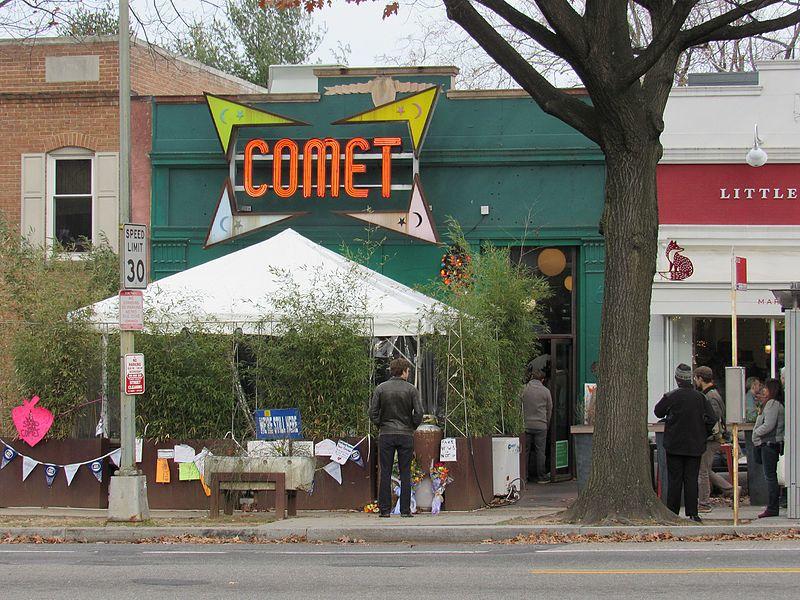Editorial: Challenge your biases
Comet Ping Pong
June 7, 2019
The Pew Research Center released a new study Wednesday, in which half of people surveyed listed “made-up news/info” as a top problem in the United States, ranking above climate change, racism and illegal immigration, among other issues.
When asked whose fault the problem is, most respondents blamed politicians or activist groups, with journalists coming in at a distant third place in that ranking. Fifty-three percent of respondents did agree on one thing: the news media “has the most responsibility in reducing the amount of made-up news and information.”
We certainly agree journalists have an ethical obligation to only report the truth and to report it in its entirety. However, we also ask our readers to check two things as they read: the facts presented and their own biases.
Challenging our own biases is difficult, but it’s a critical step in becoming more media literate. Good reporters have to check their biases every time they write, asking themselves if they’re being fair to every party and telling the whole story.
Good news consumers have to do this as well.
A study from the MIT Initiative on the Digital Economy examined the way false news spreads online and found it “diffused significantly farther, faster, deeper and more broadly than the truth in all categories.”
In fact, false news was 70% more likely to be retweeted than the truth, and nothing in the study suggested “bots” shared more fake than real news. The main reason they found for this was the novelty in fake news.
Stories such as “Pizzagate” spread quickly because of such novelty. They’re intriguing; they’re unusual. When they’re propagated by national figures, they can spread like wildfire. In the case of Pizzagate, they can even become dangerously real.
The theory behind Pizzagate was that then-presidential candidate Hillary Clinton, along with other high-ranking Democratic leaders, was involved in a child sex trafficking ring that was based in Comet Ping Pong, a pizza restaurant in Washington D.C. The theory began in anonymous internet forums and escalated throughout the final stages of the 2016 presidential election. The conspiracy theory received attention from Alex Jones, an online provocateur, and culminated in one conspiracy theorist walking into Comet Ping Pong and firing three shots from an AR-15.
Thankfully, no one was hurt in the shooting, but the situation could have ended much worse.
However, had more people challenged their own thinking through the story’s rise, it could have avoided reaching that point.
As this story spread, it was accompanied by popular partisan messages and, in some cases, true statements about the nominee’s political history. When a novel idea appears alongside a familiar phrase or fact, it’s easier to take in — highlighting exactly why we have to challenge our own biases every time we approach a story. If the story is exactly what you wanted or expected, it might be time to dig a little deeper.
Reporters at the Iowa State Daily are committed to always fact-checking and editing to the best of their ability. While we can’t rid the world of fabricated news stories, we can keep them out of our own newsroom.
All we ask is that you make an honest effort in keeping them out of your life as well.

















